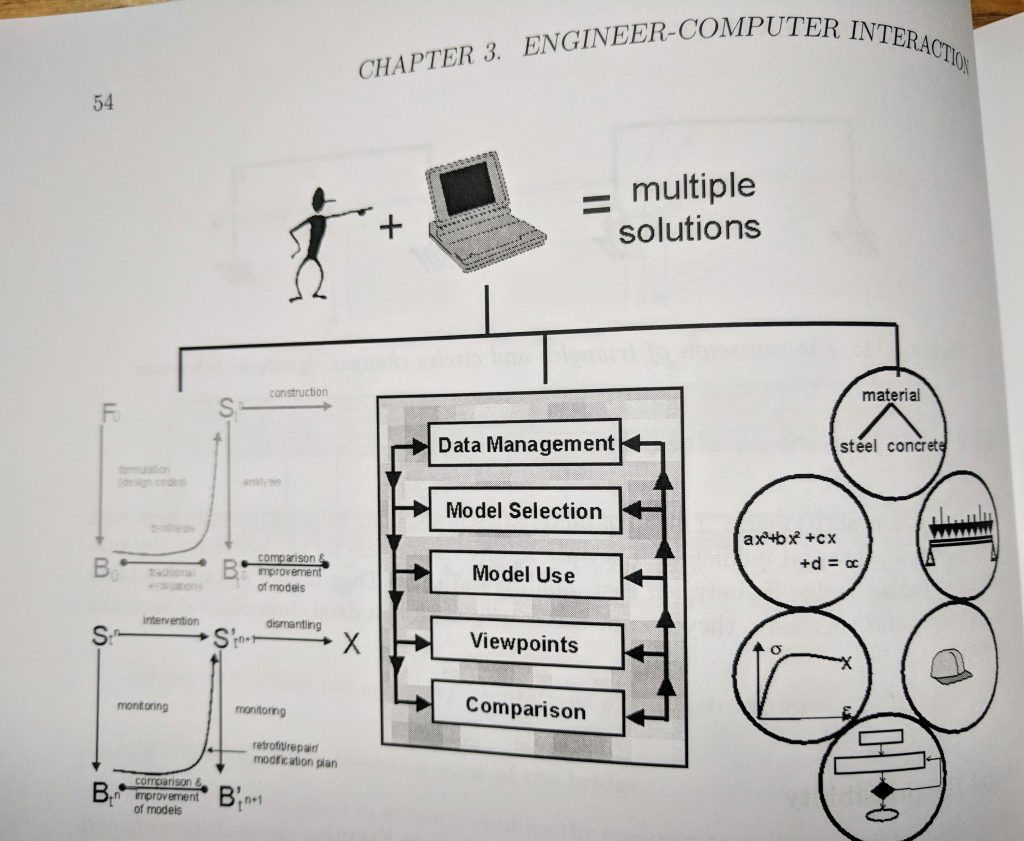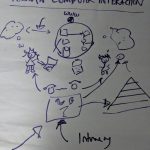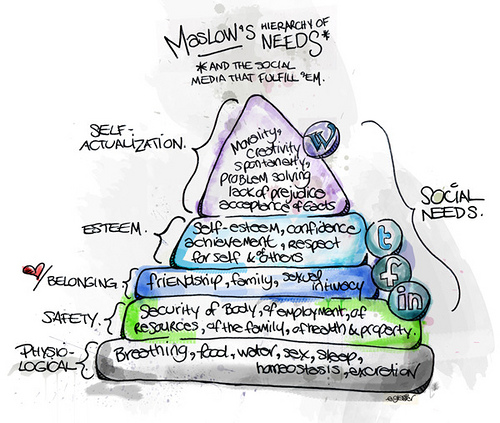An increased availability of information technology (IT) is currently influencing decisions to monitor structures more frequently. IT is invariably used to interpret structural behaviour from monitoring data. However, engineers remain frustrated with IT results. Engineers work with incomplete knowledge, problem specific characteristics, and context dependency. Although such conditions require interactivity and multiple solutions, most structural monitoring software provides automatic data-analysis with one interpretation.
The aim of this thesis is to determine appropriate computer support for engineers to consider multiple-interpretations so that they can converge upon better explanations of current structural behaviour. This is done through the presentation of an interactive space of solutions to which engineers can add contextual information and delete irrelevant knowledge as necessary. In order to do this successfully, compatible human-computer interaction (HCI) for engineers is needed with suitable visualisations of data and behavioural interpretations.
The main contribution of this thesis is Engineer-Computer Interaction (ECI) which is a new sub-domain of HCI specifically tailored to engineers. ECI provides a generic blueprint which i) uses an information classification schema, ii) integrates standard engineer characteristics and working procedures into the software, and iii) provides a modular approach to task decomposition; for the development of software.
A software toolkit for structural monitoring – Structural Monitoring Tool Kit (SMTK) – has been developed according to the ECI blueprint in order to illustrate ECI utility. SMTK was empirically evaluated through standard HCI techniques to illustrate its compatibility with engineers when performing structural monitoring data interpretation.
Results show that engineers prefer software which has been developed following ECI than existing software because ECI software is tailored to their needs. A second prototype is suggested for in-service prediction to illustrate ECI generality. Finally, areas for future work have been highlighted. In conclusion, ECI is useful for the design and development of software for structural monitoring and has the potential to be applied to other engineering tasks. The ECI extensible foundation leads to revealing comparison between structural monitoring and other tasks such as analysis.
[Resumé]







12 comments